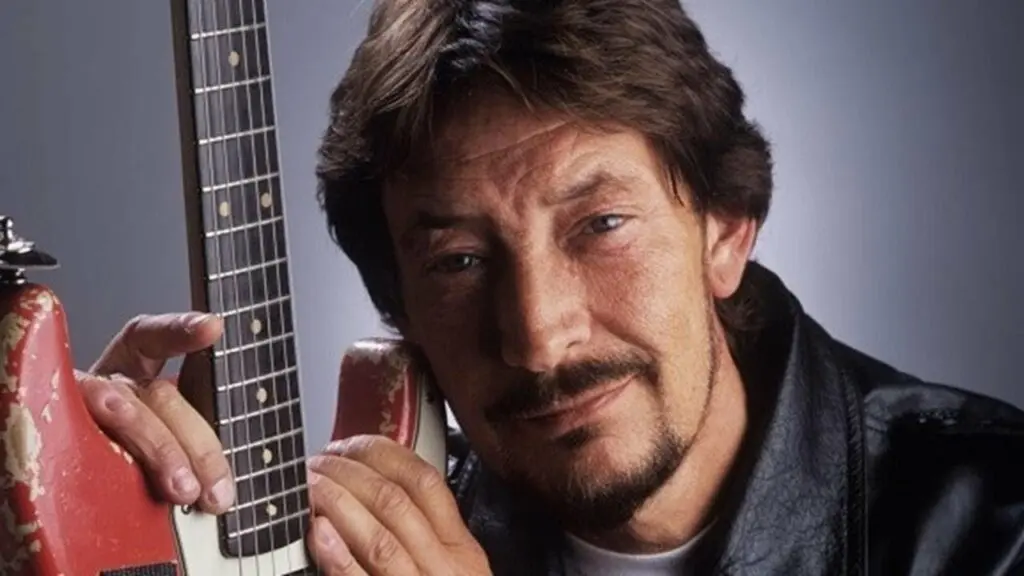Duke Ellington is a cult figure of the XNUMXth century. The jazz composer, arranger and pianist gave the music world many immortal hits.
Ellington was sure that music is what helps to distract from the hustle and bustle and bad mood. Cheerful rhythmic music, in particular jazz, improves mood best of all. It is not surprising that Duke Ellington's compositions are still popular today.
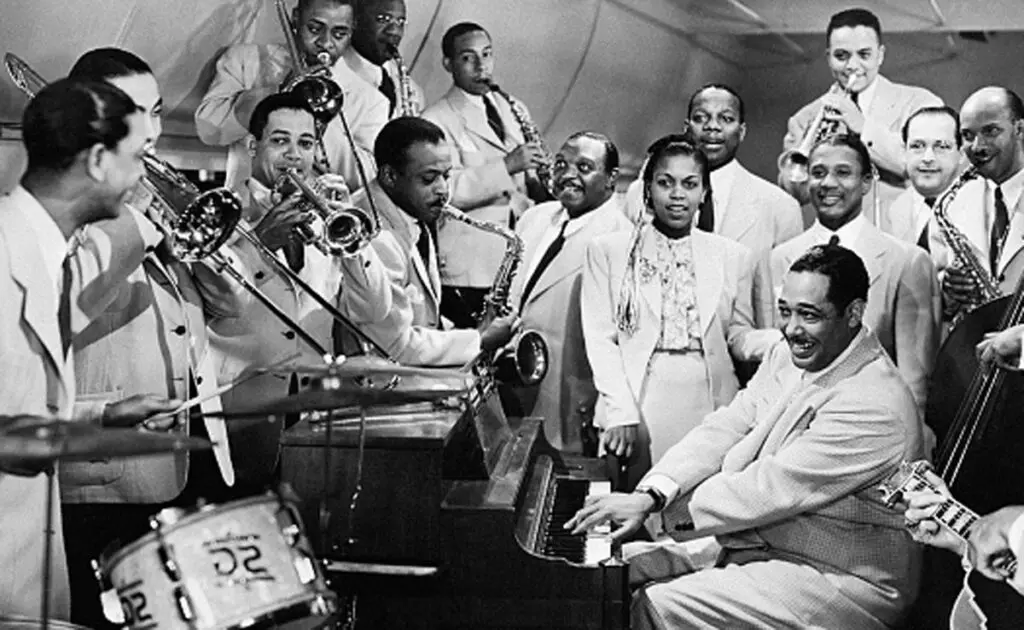
Childhood and youth of Edward Kennedy
Edward Kennedy (real name of the singer) was born in the heart of the United States of America - Washington. This event took place on April 29, 1899. Edward was lucky because he was born into the family of the White House butler James Edward Ellington and his wife Daisy Kennedy Ellington. Thanks to his father's position, the boy grew up in a wealthy family. He was fenced off from all the problems that accompanied black people in those days.
As a child, the mother actively developed her son. She taught him to play keyboards, which helped instill in Edward a love of music. At the age of 9, Kennedy Jr. began studying with a graduate.
Soon the guy began to write his own works. In 1914 he wrote the composition Soda Fontaine Rag. Even then it was possible to notice that dance music is not alien to Edward.
Then a specialized art school awaited him. Edward fondly recalled this period - he liked the creative atmosphere in the classroom. After graduation, he got a job as a poster artist.
The first job brought the guy good money, but the main thing is that he really liked the process of creating posters. Edward Kennedy was regularly trusted with orders from the state administration. But he soon realized that music interested him most of all. As a result of much deliberation, Edward abandoned art, even refusing a position at the Pratt Institute.
Since 1917, Edward plunged into the world of music. Kennedy made a living playing the piano while learning the nuances of mastery from professional metropolitan musicians.
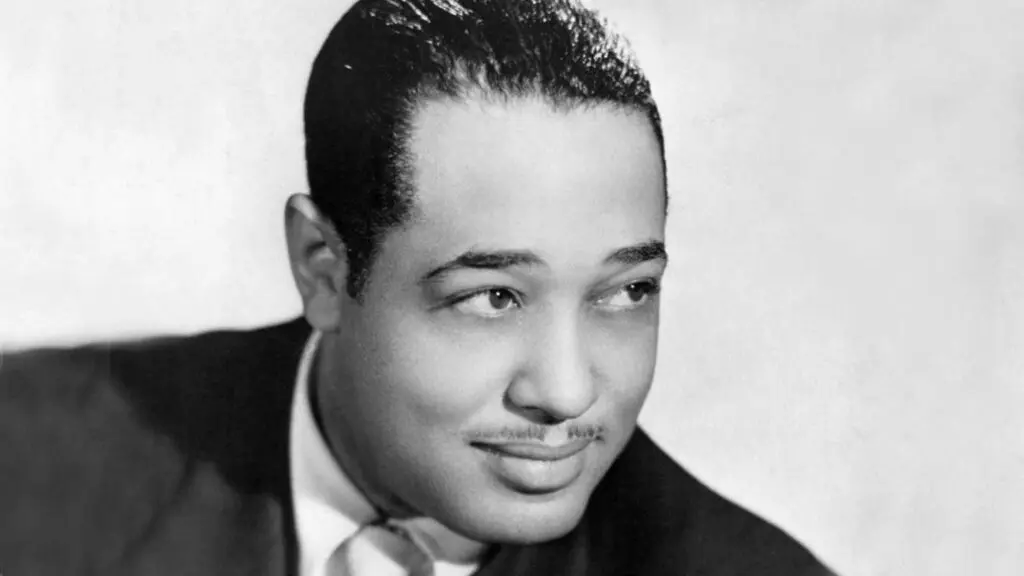
The creative path of Duke Ellington
Already in 1919, Edward created his first musical group. In addition to Kennedy, the new group included:
- saxophonist Otto Hardwick;
- drummer Sonny Greer;
- Arthur Watsol.
Soon fortune smiled at the young musicians. Their performance was heard by the owner of a New York bar, who came to the capital on business. He was shocked by the group's performance. After the concert, the owner of the bar offered the guys to sign a contract. The terms of the contract stated that the musicians must perform at the bar for a certain fee. The Kennedy team agreed. Soon they were performing in full force at Barron's as a quartet of the Washingtonians.
Finally, we started talking about musicians. Now that the band's audience has expanded, they have begun to play other venues as well. For example, the group often came to the "Hollywood Club", located in Times Square. Almost all of the money Kennedy spent on education. He took piano lessons from local music gurus.
A turning point in my career
The success of the quartet allowed the musicians to meet influential people. Kennedy's wallet was filled with bills. Now the young musician dressed more brightly and stylishly. The band members gave him the nickname "Duke" (translated as "Duke").
In the mid-1920s, Edward met Irwin Mills. A little later, he became the musician's manager. It was Irwin who suggested that Kennedy change his creative direction and take a creative pseudonym. In addition, Mills advised Edward to forget about the name "Washingtonians" and perform under the name "Duke Ellington and His Orchestra".
In 1927, Kennedy and his team moved to New York's Cotton Club jazz club. This period is characterized by hard work on the band's repertoire. Soon the musicians released the songs Creole Love Call, Blackand Tan Fantasy and The Mooche.
In the late 1920s, Duke Ellington and His Orchestra performed at the Florenz Ziegfeld Musical Theater. Then the cult musical composition Mood Indigo was recorded at the RCA Records recording studio. Other songs of the group were often heard on the radio stations of the country.
A few years later, the group went on the first tour of the Ellington Jazz Ensemble. In 1932, Duke and his team performed at Columbia University.
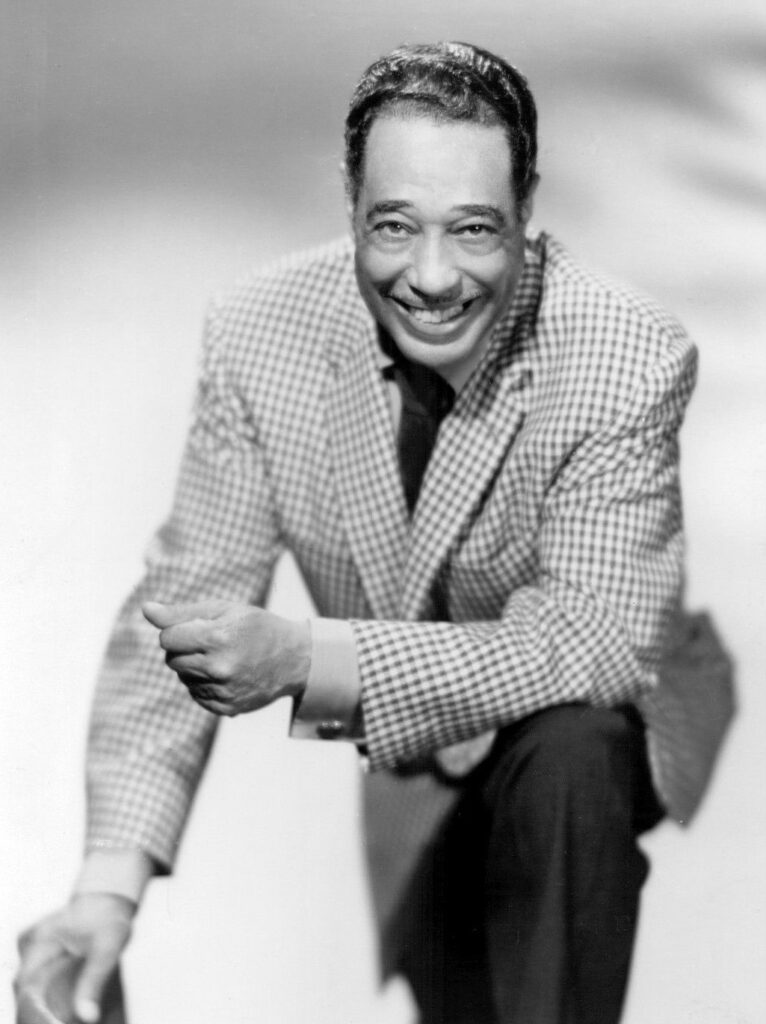
The Peak of Duke Ellington's Popularity
Music critics consider the early 1930s the peak of Duke Ellington's musical career. It was during this period that the musician released the compositions It Don't Mean a Thing and Star-Crossed Lovers.
Critics say that Duke Ellington became the "father" of the swing genre, writing the songs Stormy Weather and Sophisticated Lady in 1933. Kennedy was able to create a unique sound, knowing the individual characteristics of the musicians. Duke especially singled out saxophonist Johnny Hodges, trumpeter Frank Jenkins, and trombonist Juan Tizol.
In the same 1933, Duke and his team went on their first European tour. It was an unforgettable event in the life of musicians. The team performed at the popular London concert hall "Palladium".
After the European tour, the musicians were not going to rest. The fact that they were welcomed in almost every European country inspired to continue the tour.
This time they performed in South and then North America. At the end of the tour, Ellington presented the track, which became an instant hit. We are talking about the musical composition Caravan. After the release of the song, Duke became an established American composer.
Creative crisis
Soon, Duke had a personal tragedy. The fact is that in 1935 his mother passed away. The musician was very upset by the loss of the closest person. He was engulfed in depression. The "era" of the so-called creative crisis has come.
Only music could bring Kennedy back to normal life. The musician wrote the composition Reminisсing in Tempo, which was seriously different from everything that he wrote earlier.
In 1936, Duke first wrote the musical score for a film. He wrote the song for the film directed by Sam Wood and starring comedians the Marx Brothers. A few years later, he worked part-time as a conductor of the Philharmonic Symphony Orchestra, which performed at the St. Regis Hotel.
In 1939, new musicians got into Duke Ellington's team. We are talking about tenor saxophonist Ben Webster and double bassist Jimm Blanton. The arrival of the musicians only improved the sound of the compositions. This inspired Duke to go on another European tour. Soon, Kennedy's talent and songs were recognized at the highest level. Duke's efforts were appreciated by Leopold Stokowski and the Russian composer Igor Stravinsky.
Activities of Duke Ellington during the war period
Then the musician wrote compositions for the movie "Cabin in the Clouds". In 1942, Duke Ellington assembled a full auditorium at Carnegie Hall. He donated all the money he earned from the performance to support the USSR during the Second World War.
As World War II ended, people's interest in music, particularly jazz, began to decline. People were immersed in depression, and, of course, the only thing that worried them was their financial situation.
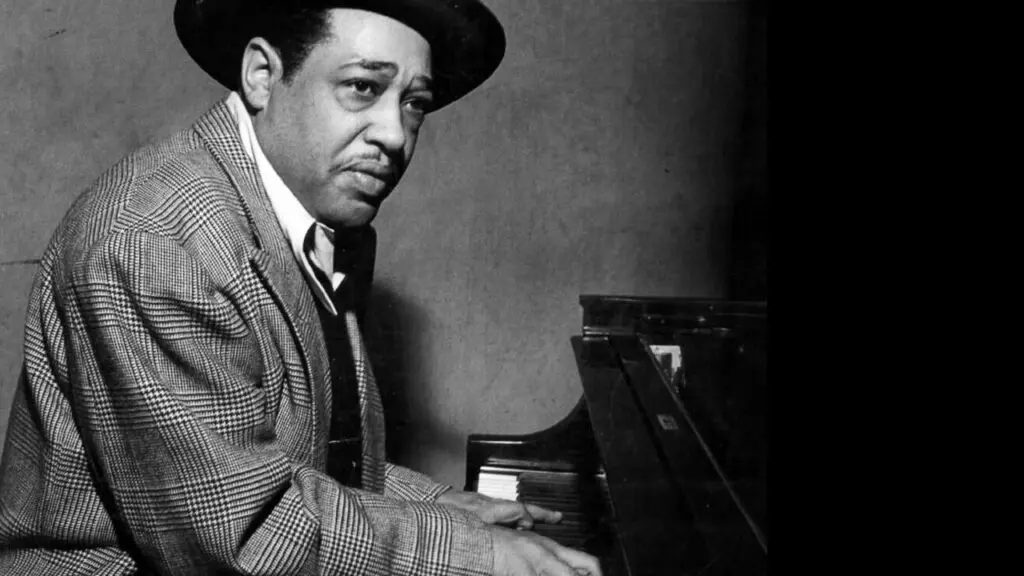
Duke and his team kept afloat for some time. But then Kennedy's financial situation worsened, and he could not pay for the performances of musicians. The team ceased to exist. Ellington found himself additional income. He began writing music for films.
Nevertheless, the musician did not give up hope of returning to jazz. And he did it in 1956, incredibly enchanting and spectacular. The musician performed at the genre festival in Newport. With the help of arranger William Strayhorn and new performers, Ellington delighted music lovers with such compositions as Lady Mac and Half the Fun. Interestingly, the songs were based on the works of Shakespeare.
But the 1960s opened a new breath for the musician. This period was the second peak of popularity in Duke's career. The musician was awarded 11 Grammy awards in a row.
In the late 1960s, Ellington was awarded the Order of Freedom. The award was presented to the musician by the President of the United States of America, Richard Nixon. Three years later, Duke was presented with the award by the new US President, Lyndon Johnson.
Duke Ellington: personal life
Duke married at 19. The first wife of the musician was Edna Thompson. Surprisingly, Ellington lived in marriage with this woman until the end of his days. The couple had a son, Mercer, who was born in 1919.
Death of Duke Ellington
The musician first felt unwell when he was working on a song for the movie Mind Exchange. The first symptoms did not cause Duke any serious concern.
In 1973, celebrities made a disappointing diagnosis - lung cancer. A year later, Duke developed pneumonia, and his condition worsened significantly.
On May 24, 1974, Duke Ellington passed away. The famous musician was buried three days later at New York's oldest cemetery, Woodlawn, located in the Bronx.
Jazzman was posthumously awarded the Pulitzer Prize. In 1976, the Center named after him was established. In the room you can see many photographs of the musician.


